- Home
- Cleaning And Janitorial
- Cleaning Supplies
.....Read More
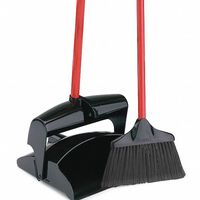
Brushes, Brooms & Dust Pans

Cleaning Buckets

Cleaning Carts

Cleaning Dispenser Containers & Accessories
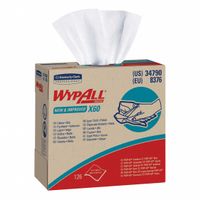
Cleaning Rags, Towels & Dry Wipes

Cleaning Supplies Holders
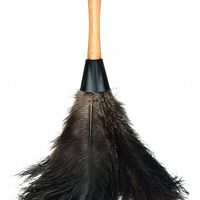
Dusters

Electrostatic Sprayers
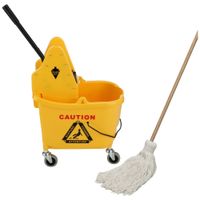
Mops & Floor Finish Applicators

Plungers
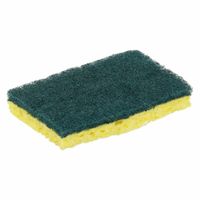
Sponges & Scouring Pads
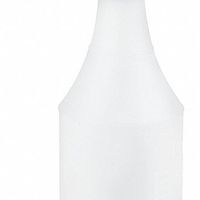
Spray Bottles & Trigger Sprayers

Squeegees & Window Cleaning
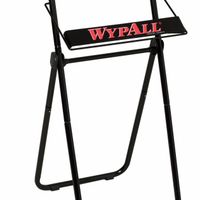
Wipe Dispensers
Frequently Asked Questions
What are the best cleaning supplies for maintaining a facility?
How do I choose the right cleaning rags and towels for different tasks?
What is the most effective way to clean hard-to-reach areas?
How often should mops and floor finish applicators be replaced?
What are the best practices for using squeegees on windows?
How do I properly store and organize cleaning supplies?
What is the difference between various types of sponges and scouring pads?
How can I ensure cleaning carts are stocked efficiently?
What are the best eco-friendly cleaning supplies available?
How do I maintain and clean cleaning tools like brooms and brushes?